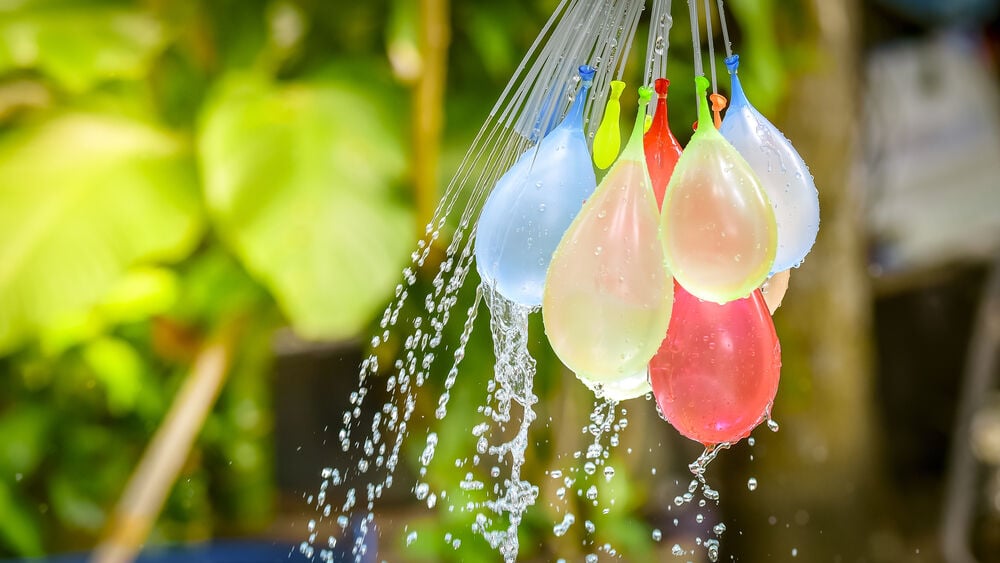Fallopian tube blockage symptoms and some other important conditions to pay attention to — in today’s article by Flo.
-
Tracking cycle
-
Getting pregnant
-
Pregnancy
-
Help Center
-
Flo for Partners
-
Anonymous Mode
-
Flo app reviews
-
Flo Premium New
-
Secret Chats New
-
Symptom Checker New
-
Your cycle
-
Health 360°
-
Getting pregnant
-
Pregnancy
-
Being a mom
-
LGBTQ+
-
Quizzes
-
Ovulation calculator
-
hCG calculator
-
Pregnancy test calculator
-
Menstrual cycle calculator
-
Period calculator
-
Implantation calculator
-
Pregnancy weeks to months calculator
-
Pregnancy due date calculator
-
IVF and FET due date calculator
-
Due date calculator by ultrasound
-
Medical Affairs
-
Science & Research
-
Pass It On Project New
-
Privacy Portal
-
Press Center
-
Flo Accuracy
-
Careers
-
Contact Us
Fallopian tube problems: blockage, salpingitis, hydrosalpinx


Every piece of content at Flo Health adheres to the highest editorial standards for language, style, and medical accuracy. To learn what we do to deliver the best health and lifestyle insights to you, check out our content review principles.
Fallopian tube blockage: causes, diagnosis, treatment, and effect on conception
Fallopian tube obstruction is the absence of tubal lumen. As a result, the sperm and the egg can’t move properly along the fallopian tube, and fertilization doesn’t occur.
Tubal obstruction is the most common cause of infertility. It occurs in 20–25% of the couples who have trouble conceiving.
It can be observed in the cases of:
- pelvic adhesions
- previous tubal surgeries (e.g., ectopic pregnancy)
- inflammatory fluid in the tubal lumen as a result of lymph and blood circulation disorders
- sexually transmitted infections (chlamydia, gonorrhea)
- chronic prostatitis in men, which causes infection due to pathogenic bacteria
Take a quiz
Find out what you can do with our Health Assistant
Normally, the lumen of a healthy fallopian tube contains ciliated epithelial cells, which oscillate towards the uterus, pushing the egg towards it.
In the case of tubal obstruction, the tube accumulates inflammatory fluid, which gradually dissolves the cilia causing them to disappear within a year if no treatment is provided.
Following lumen restoration through plastic tubal surgery, the sperm will be able to meet the egg, but, without the cilia, there is a higher risk of the fertilized egg getting stuck in the tube.
Timely diagnosis through ultrasound, X-ray, and laparoscopy, and subsequent treatment allow restoration of tubal patency and preservation of the cilia if it is not too late.
Tubal obstruction can be treated. After treatment, pregnancy occurs in 70% of cases.

Salpingitis symptoms and prevention
Salpingitis is the inflammation of the fallopian tubes.
It is caused by STDs (chlamydia, trichomonas, ureaplasma, mycoplasma), potentially pathogenic bacteria (intestinal flora, staphylococcus, streptococcus), fungal infections, or one of 50 possible pathogens.
With salpingitis, a woman suffers from prolonged drawing and/or dull pain in the lower abdomen, which comes with fever and feeling unwell.
Pain can appear on any day of the menstrual cycle; it can be constant or come and go.
Salpingitis requires mandatory antibiotic treatment; otherwise, the disease will become chronic.
This disease can result in adhesions and obstruction in the fallopian tubes as well as ectopic pregnancy.
To prevent salpingitis, you should avoid hypothermia. Keep your feet warm. In cold weather, wear cotton underwear and long outdoor clothing covering your pelvis. Do not swim if you feel too cold.
If you have more than one sexual partner, use condoms.

What is hydrosalpinx?
Hydrosalpinx is an expanded and obstructed fallopian tube filled with fluid. The fluid accumulates there because of an acute or chronic inflammatory process in the tube.
If the tubes are blocked, IVF may be offered to those who are planning conception.
However, the inflammatory fluid contains aggressive substances. When they get from the tube into the uterine cavity, they prevent the egg from implanting.
In addition, hydrosalpinx contains pathogenic flora that can provoke early pregnancy loss.
To make IVF as effective as possible, it may be recommended that women with long-lasting hydrosalpinx have their fallopian tubes removed.

How to treat hydrosalpinx?
Hydrosalpinx can be the result of acute or chronic salpingitis (inflammation of the fallopian tubes caused by STDs, potentially pathogenic flora, fungal infection).
Often, this disease has no specific manifestations and can be asymptomatic for years.
It can be detected only by ultrasound or during a gynecological examination, including when diagnosing the causes of problems with conception.
Hydrosalpinx is treated with antibiotics; sometimes, surgical intervention (laparoscopy) is required.
Surgical treatment is usually effective. It restores tubal patency, and conception can be achieved naturally.

How do you check fallopian tube patency?
There are several ways to check fallopian tube patency:
- ultrasound (echosalpingoscopy)
- X-ray (metrosalpingography)
- laparoscopy (chromosalpingoscopy)
Ultrasound or X-ray is usually chosen as the primary method, while laparoscopy is performed at the second examination stage (if necessary).
Each method has its pros and cons, which is why you should consult your doctor to choose the most suitable method for you.
Restoration of fallopian tube patency
A vital condition for natural conception is fallopian tube patency: an egg from the ovary moves through the tubes, is fertilized there, and then enters the uterus.
Laparoscopy (a type of surgical intervention) helps solve this problem by cutting the adhesions and removing inflammatory fluid from the tubes.
After surgery, depending on the cause of the obstruction, 20–60% of women get pregnant successfully.
For 2–3 weeks after laparoscopy, it is recommended that a couple use contraceptives, and then continue attempts to conceive for 6–18 months.
After this period, the risk of repeated obstruction and another operation increases.
Normally, laparoscopy has no complications and can be performed several times, but since the tube is injured, the likelihood of future ectopic pregnancy increases.


Hey, I'm Anique
I started using Flo app to track my period and ovulation because we wanted to have a baby.


The Flo app helped me learn about my body and spot ovulation signs during our conception journey.


I vividly
remember the day
that we switched
Flo into
Pregnancy Mode — it was
such a special
moment.
Real stories, real results
Learn how the Flo app became an amazing cheerleader for us on our conception journey.




